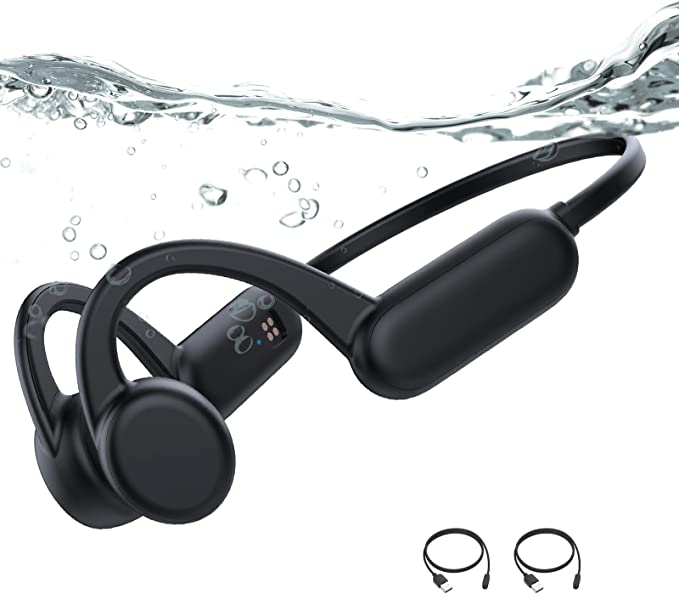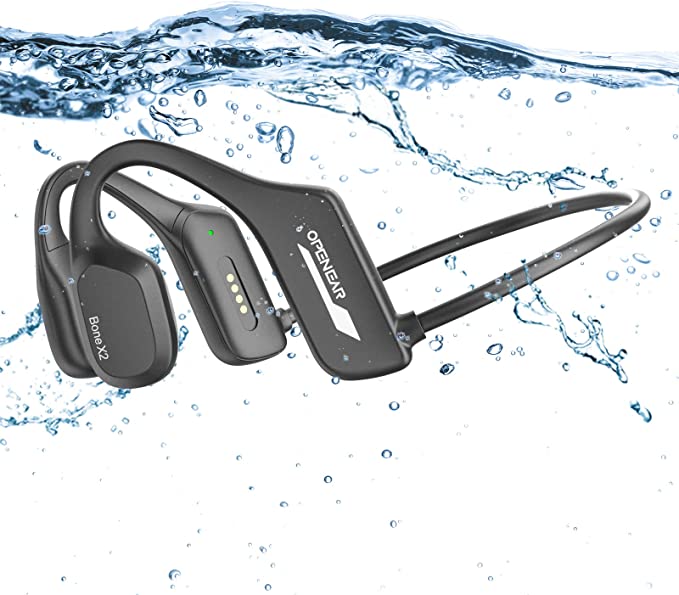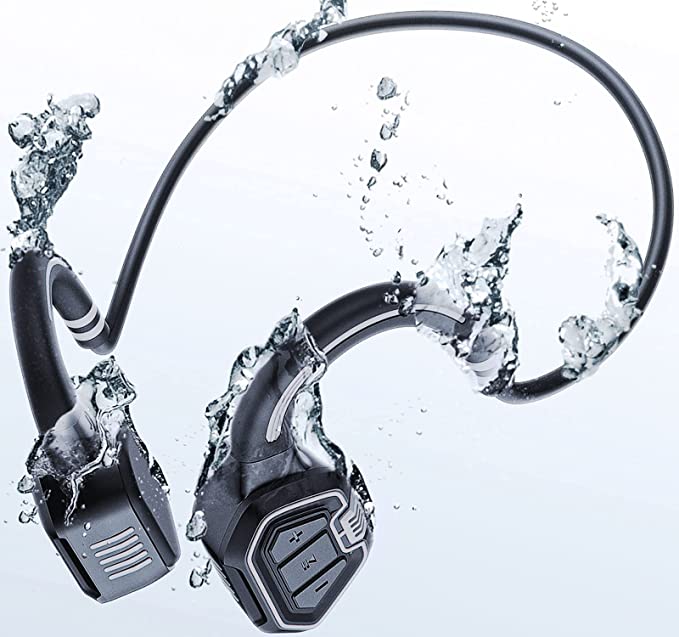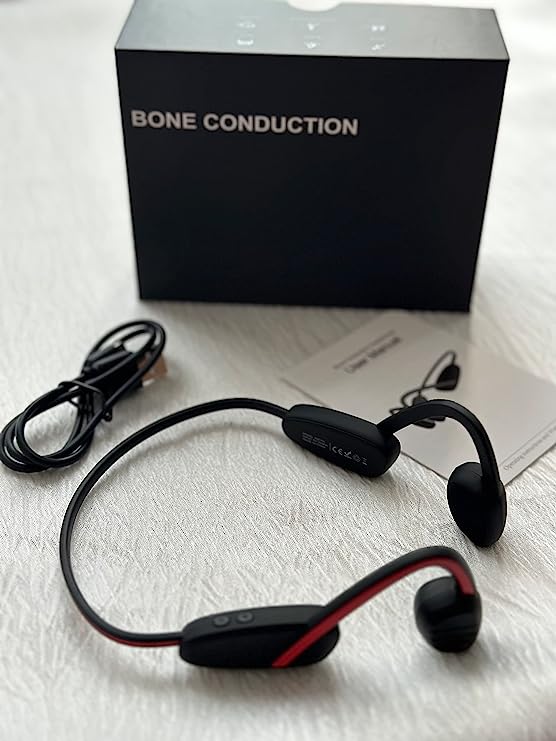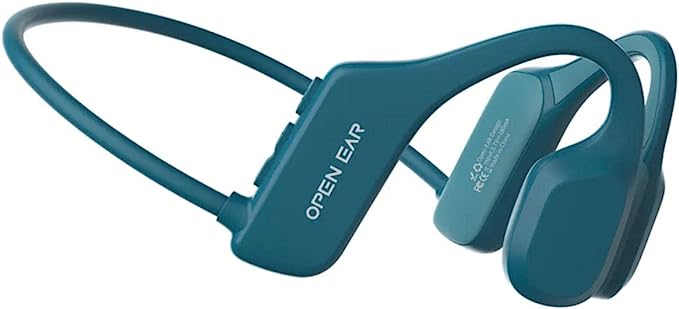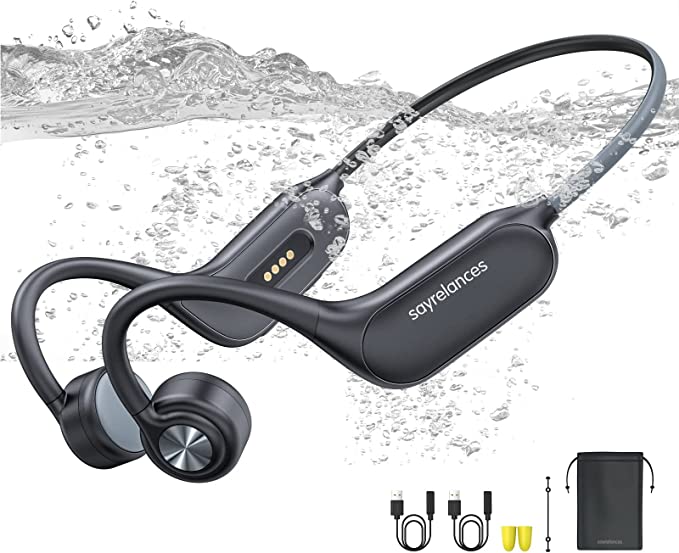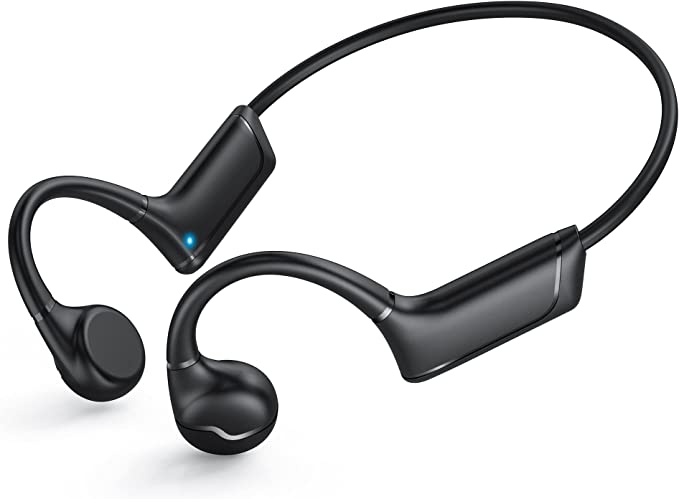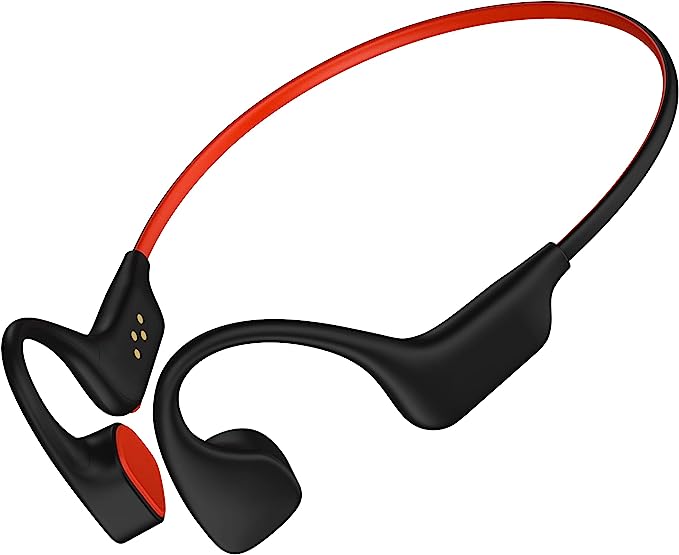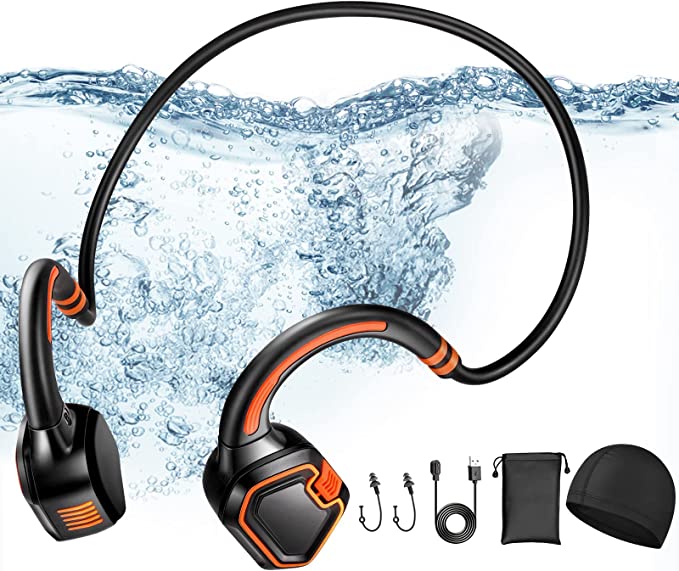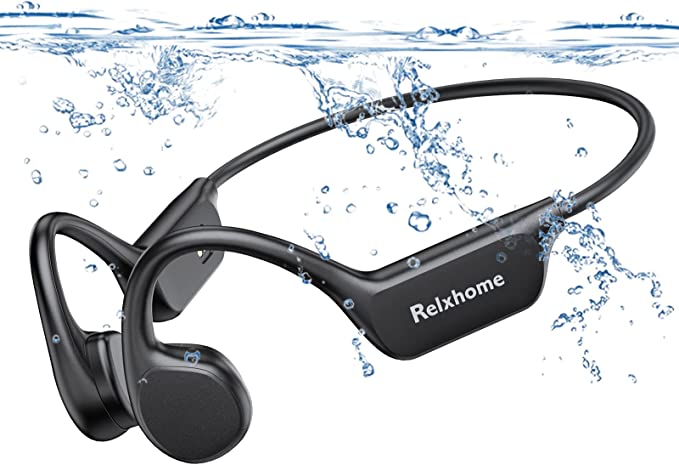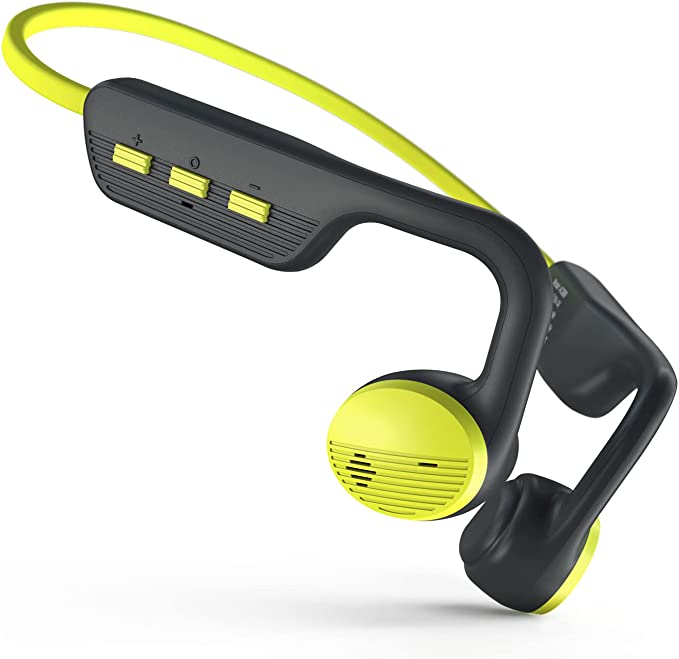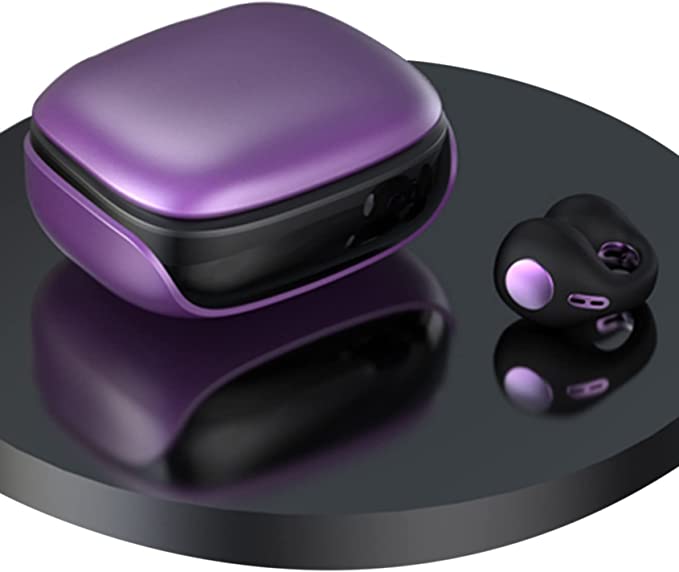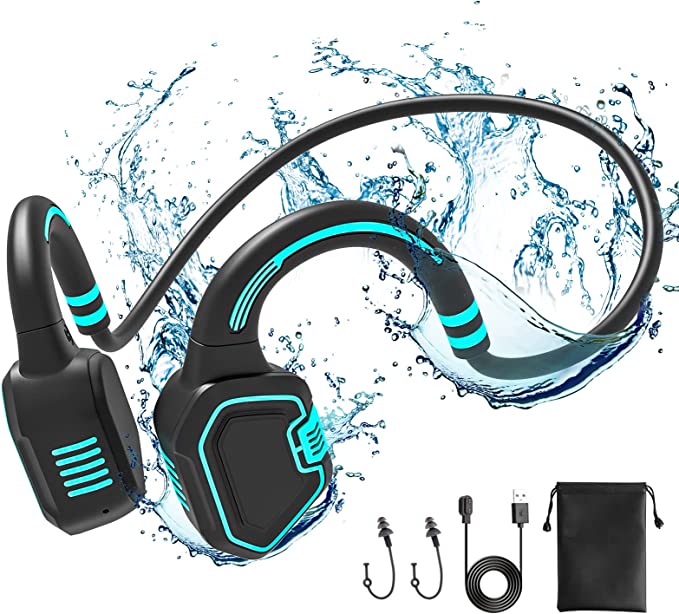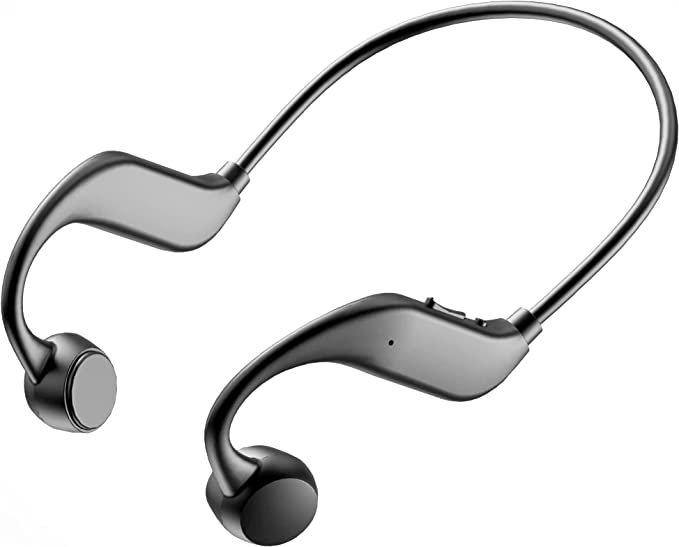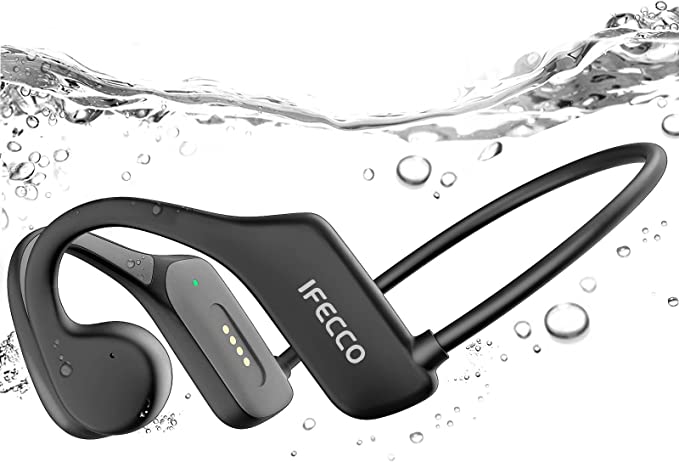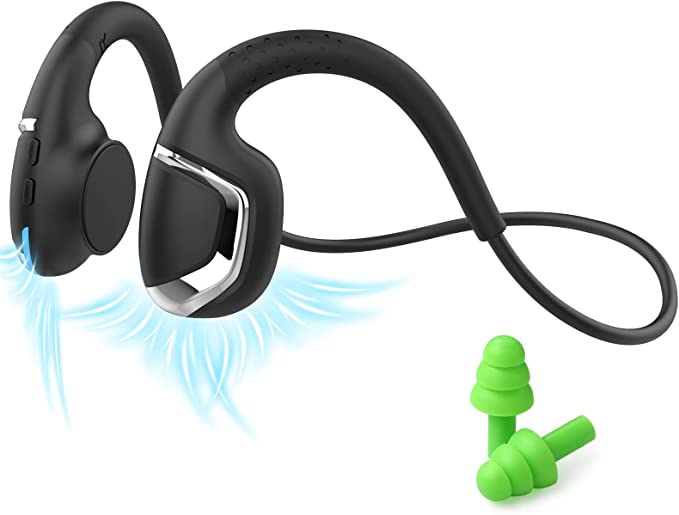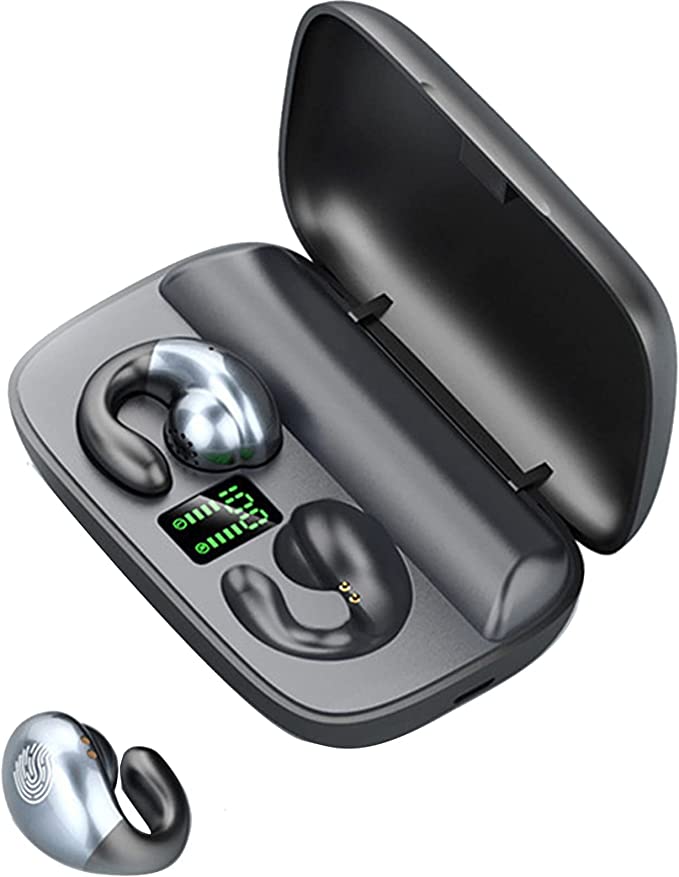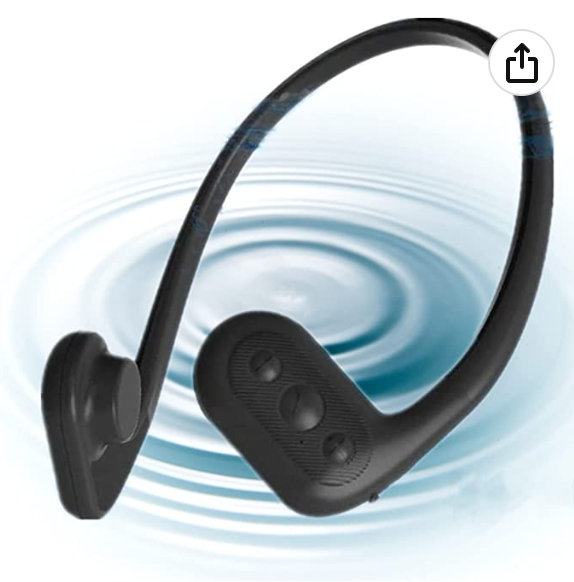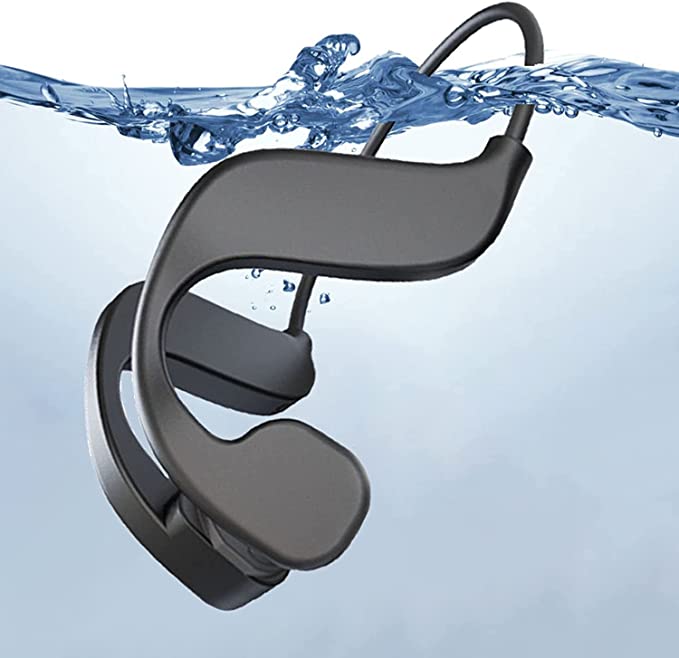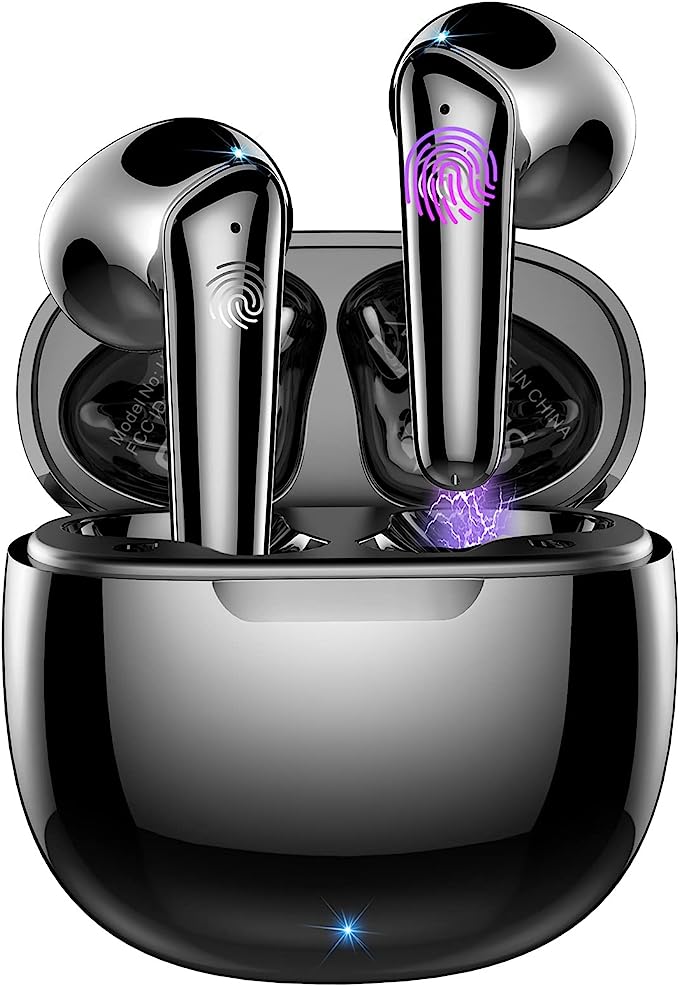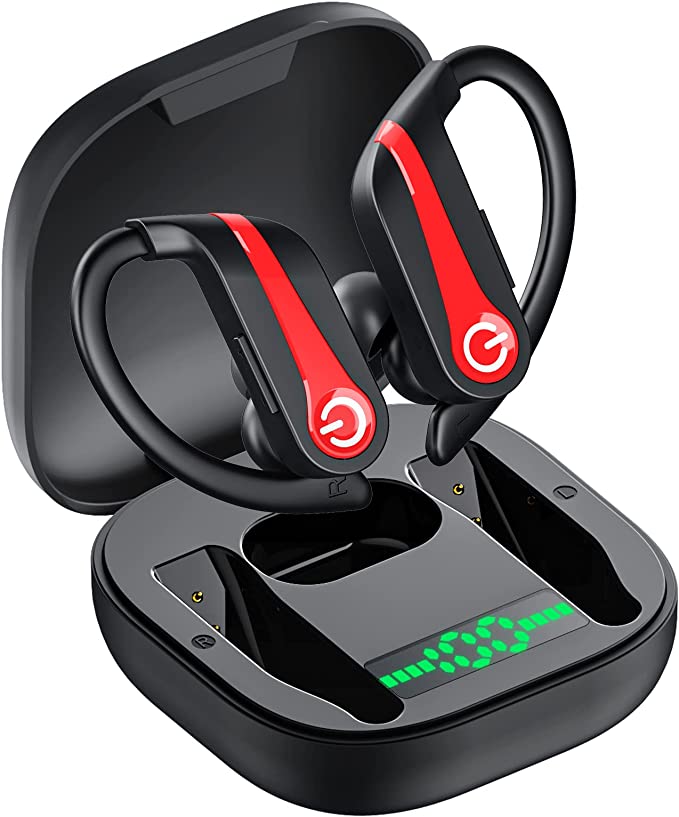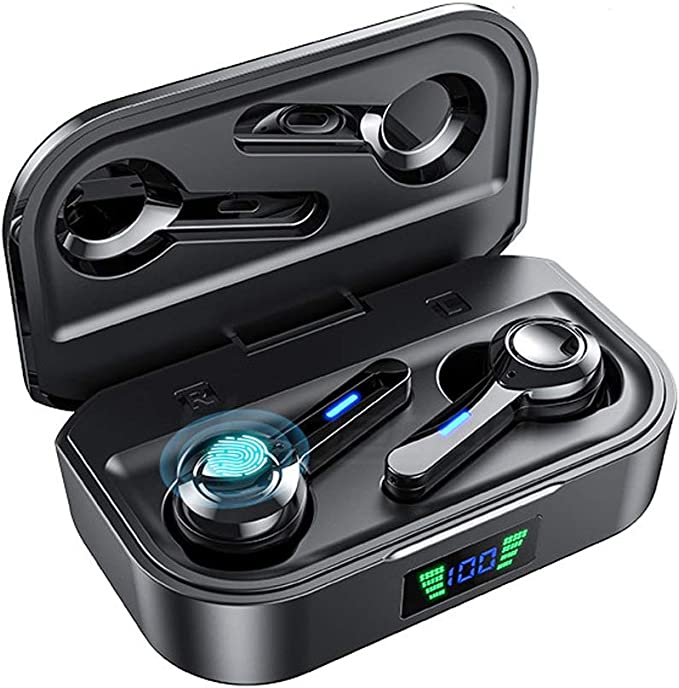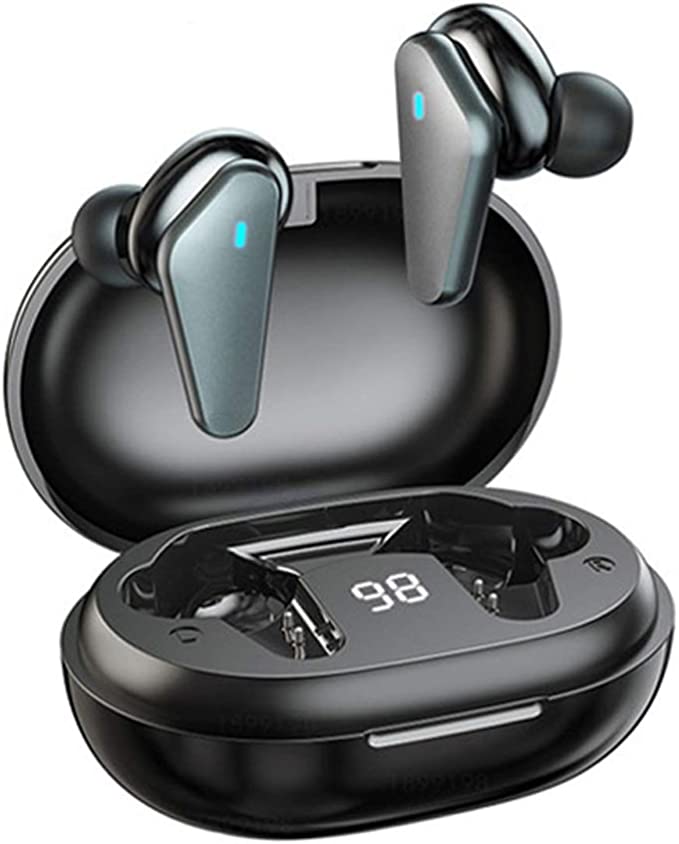Underwater Melodies: Enjoying Music While Swimming with Taanimo Bone Conduction Headphones
Update on Feb. 17, 2025, 6:19 a.m.
Imagine you’re gliding through the water, the rhythmic splash of your strokes the only sound accompanying your movements. For many swimmers, this silence is a cherished part of the experience – a chance to disconnect and focus on the physical sensation of swimming. But what about those times when you crave the motivation of music? When you want your favorite playlist to power you through that extra lap or add an extra layer of enjoyment to your aquatic workout? Traditional headphones, unfortunately, present a significant challenge in the underwater environment. Water and electronics, as we know, don’t typically mix.

Unlocking Sound: The Science of Bone Conduction
The solution to this underwater audio dilemma lies in a fascinating technology: bone conduction. Unlike traditional headphones that send sound waves through the air to vibrate your eardrums, bone conduction takes a different path. It transmits sound vibrations directly through the bones of your skull to your inner ear, the cochlea, bypassing the eardrum altogether.
Think of it like this: when you hear your own voice, you’re primarily hearing it through bone conduction. The vibrations of your vocal cords travel through your skull to your inner ear. That’s why your voice often sounds different to you when you hear a recording of it – the recording captures the air-conducted sound, while you’re used to the bone-conducted version.
Let’s break down the science a bit further. Sound, in its essence, is vibration. These vibrations create waves that travel through a medium, like air or water. In air conduction, these waves enter your ear canal and vibrate your eardrum. The eardrum, in turn, vibrates three tiny bones in your middle ear (the malleus, incus, and stapes), which amplify the vibrations and transmit them to the cochlea. The cochlea is a fluid-filled, snail-shaped structure lined with tiny hair cells. These hair cells convert the vibrations into electrical signals that your brain interprets as sound.
Bone conduction, on the other hand, bypasses the outer and middle ear. Instead, vibrations are applied directly to the skull, usually near the temple or cheekbone. These vibrations travel through the bone and directly stimulate the cochlea, causing the same hair cells to move and generate electrical signals. The end result is the same: you perceive sound.

Taanimo: Bringing Music to the Depths
The Taanimo Bone Conduction Swimming Headphones are designed to leverage the power of bone conduction, providing a safe, comfortable, and effective way to enjoy music underwater. These aren’t your typical earbuds; they represent a clever application of scientific principles to solve a real-world problem. Let us take a close look at the Key Features.
Diving Deep with IPX8: True Waterproof Freedom
The “IP” in IPX8 stands for “Ingress Protection,” and it’s an international standard that defines how well a device is protected against intrusion from solids and liquids. The “X” means that the device hasn’t been formally tested for protection against solid particles (like dust), but that’s not a primary concern for swimming headphones. The crucial number is the “8.”
An IPX8 rating signifies that the Taanimo headphones can withstand continuous immersion in water, typically beyond 1 meter and for at least 30 minutes. The exact depth and duration are specified by the manufacturer, and in this case, the provided information indicates that the headphones shouldn’t be used underwater for more than 6 hours continuously. This level of waterproofing is achieved through careful design and sealing techniques, ensuring that water doesn’t penetrate the delicate electronic components inside. It’s what allows you to swim, dive, and splash without worrying about damaging your headphones.
Your Personal Underwater Jukebox: 32GB of Musical Freedom
Imagine having thousands of songs at your fingertips – or rather, at your temples – without needing your phone. The Taanimo headphones come equipped with a built-in 32GB MP3 player. This means you can load your favorite music directly onto the headphones and leave your phone safely on dry land.
32GB of storage is substantial. To put it in perspective, a typical MP3 song, encoded at a reasonable quality (like 128kbps), takes up about 3-4 megabytes of space. This means you could store roughly 8,000 to 10,000 songs on the Taanimo headphones. That’s enough music to accompany even the longest swim sessions, or even a whole series of workouts! The provided text indicates a simple drag-and-drop interface via a magnetic charging cable, making transferring your music files easy.

Staying Connected: The Power of Bluetooth 5.3
While the built-in MP3 player is perfect for underwater use, the Taanimo headphones also offer Bluetooth 5.3 connectivity. This means that when you’re out of the water, you can pair them with your smartphone, tablet, or other Bluetooth-enabled devices to stream music, podcasts, or audiobooks wirelessly.
Bluetooth 5.3 is the latest iteration of the Bluetooth standard, and it offers several advantages over previous versions. These include:
- Faster Connection: Quicker pairing with your devices.
- More Stable Connection: Reduced dropouts and interference.
- Lower Power Consumption: Longer battery life for both the headphones and your connected device.
- Improved Range: Greater freedom of movement without losing connection.
These improvements translate to a smoother, more reliable wireless audio experience, whether you’re running, cycling, or simply relaxing at home.
The Safety of Sound: Open-Ear Awareness
One of the most significant advantages of bone conduction technology is its open-ear design. Because your ear canals remain unobstructed, you can still hear ambient sounds while listening to music. This is crucial for safety, especially in environments where you need to be aware of your surroundings.
Imagine you’re running or cycling outdoors. With traditional headphones, your ears are blocked, making it difficult to hear traffic, approaching vehicles, or other potential hazards. With bone conduction headphones, you can enjoy your music while still being able to hear the sounds of your environment, allowing you to react quickly to any potential danger.
The same principle applies to swimming, especially in open water. You can hear other swimmers, boats, or lifeguards, ensuring a safer and more enjoyable experience.

Beyond the Pool: Taanimo’s Versatility
While the Taanimo headphones are specifically designed for swimming, their features make them a versatile audio companion for a variety of activities. The lightweight and comfortable design, combined with the sweat and water resistance, makes them suitable for running, cycling, hiking, working out at the gym, or even just doing chores around the house. The open-ear design provides an added layer of safety and comfort for any activity where situational awareness is important.
A Brief History of Hearing Through Bones
The concept of bone conduction isn’t new. In fact, it has a surprisingly long and fascinating history. One of the earliest documented examples dates back to the 16th century, when Italian physician Girolamo Cardano described how sound could be transmitted through a rod or spear held between the teeth.
Later, in the 18th century, the famous composer Ludwig van Beethoven, who suffered from severe hearing loss, reportedly used a similar technique. He would bite down on a rod connected to his piano, allowing him to “hear” the vibrations through his jawbone.
In the 20th century, bone conduction technology found its way into hearing aids. These devices were particularly helpful for people with conductive hearing loss, where sound transmission through the outer or middle ear is impaired. By bypassing these areas, bone conduction hearing aids could directly stimulate the cochlea, restoring the ability to hear.
More recently, bone conduction has made its way into consumer audio products, like the Taanimo headphones. This transition has been driven by advancements in transducer technology, miniaturization, and a growing awareness of the benefits of open-ear listening.

The Future is Resonating: Bone Conduction’s Potential
Bone conduction technology is continuing to evolve, and its future looks promising. Researchers and engineers are working on several key areas to improve the performance and expand the applications of bone conduction:
- Improved Sound Quality: One of the main challenges for bone conduction headphones is achieving high-fidelity audio, especially in the lower frequencies (bass). New transducer designs and materials are being developed to address this limitation.
- Miniaturization: Smaller and more discreet bone conduction devices are being developed, making them more comfortable and aesthetically appealing.
- Integration with Other Technologies: Bone conduction is being explored for use in augmented reality (AR) and virtual reality (VR) applications, providing a way to deliver audio without blocking the user’s view or isolating them from the real world.
- Medical Applications: Beyond hearing aids, bone conduction is being investigated for other medical uses, such as treating certain types of tinnitus (ringing in the ears).
The Taanimo Bone Conduction Swimming Headphones represent a significant step forward in bringing the benefits of bone conduction to a wider audience. As the technology continues to develop, we can expect even more innovative and exciting applications in the years to come.
